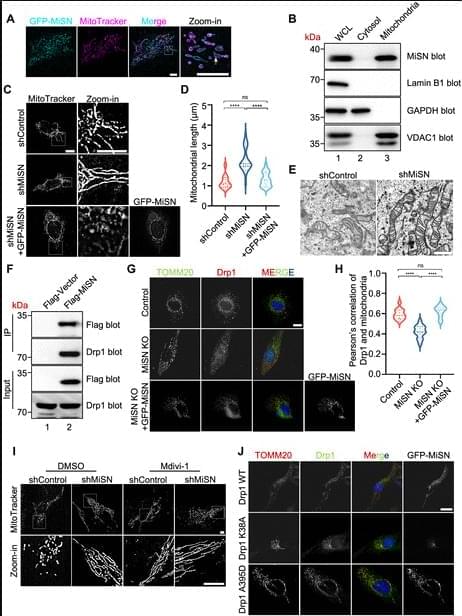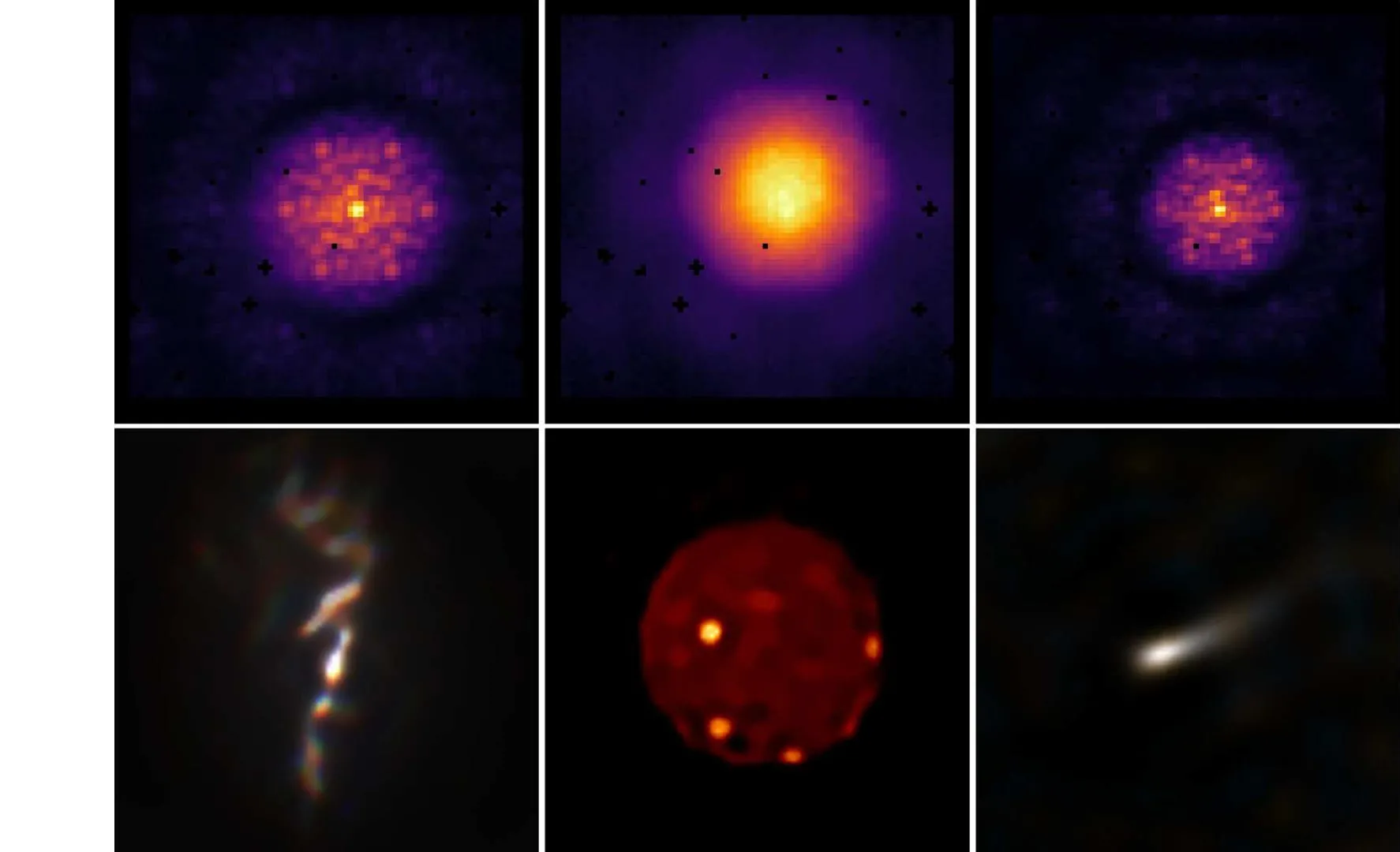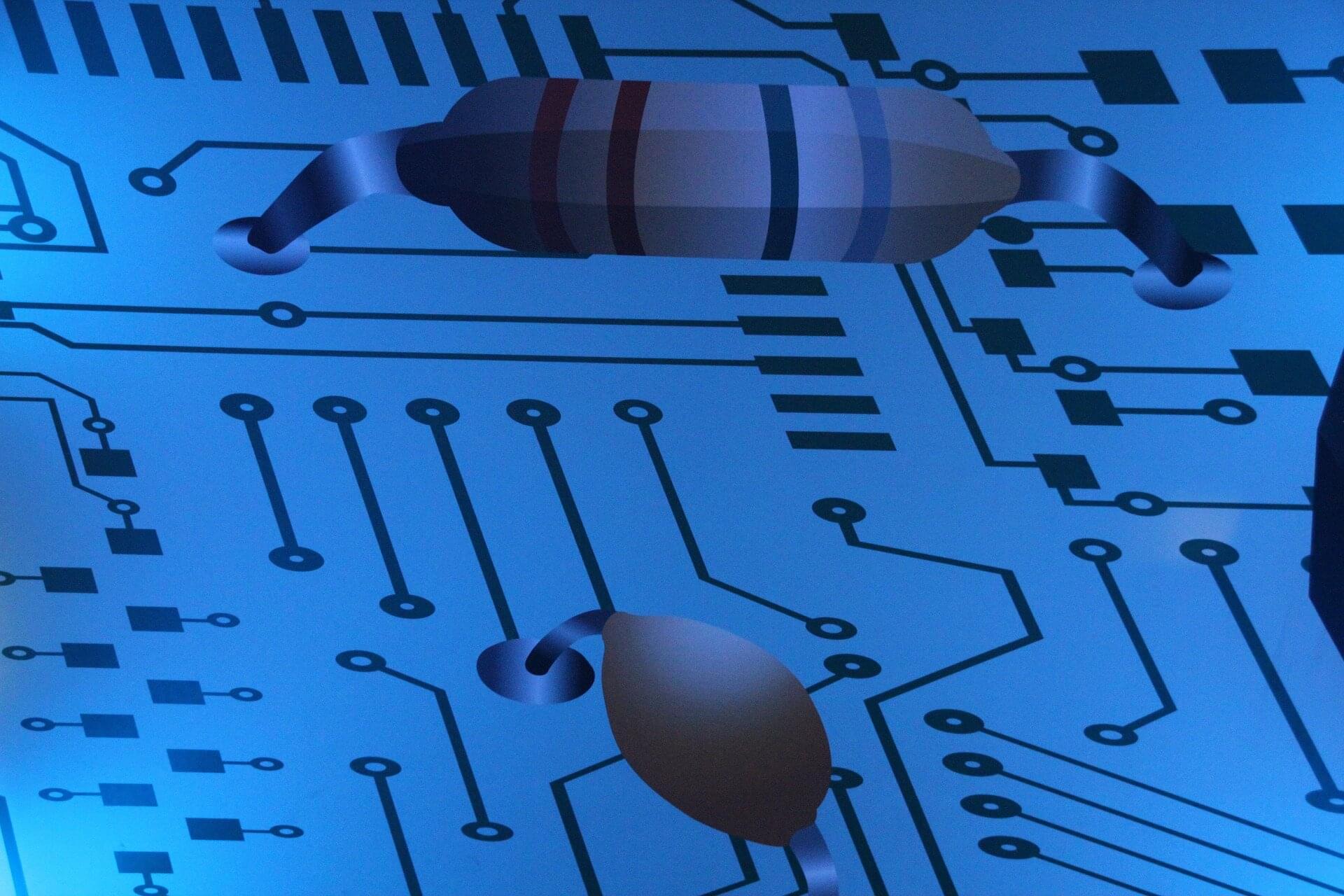Researchers at La Jolla Institute for Immunology, Scripps Research, and the Ragon Institute of MGH, MIT, and Harvard report coordinated studies showing that several HIV germline-targeting immunogens can be delivered together to activate multiple broadly neutralizing antibody precursors.
HIV vaccine design faces the challenge that B cells capable of maturing into broadly neutralizing antibodies (bnAb) are exceptionally rare and poorly stimulated by standard antigens. Most immune responses concentrate on variable parts of the viral envelope rather than the conserved regions that would enable cross-strain protection from HIV.
Germline-targeting immunogens have been developed to engage those rare naive B cells directly, but until now, each construct was tested in isolation, leaving open whether several could be given at once without interference. In paired studies published in Science Immunology, investigators tested that question across two models using different vaccine formats.









